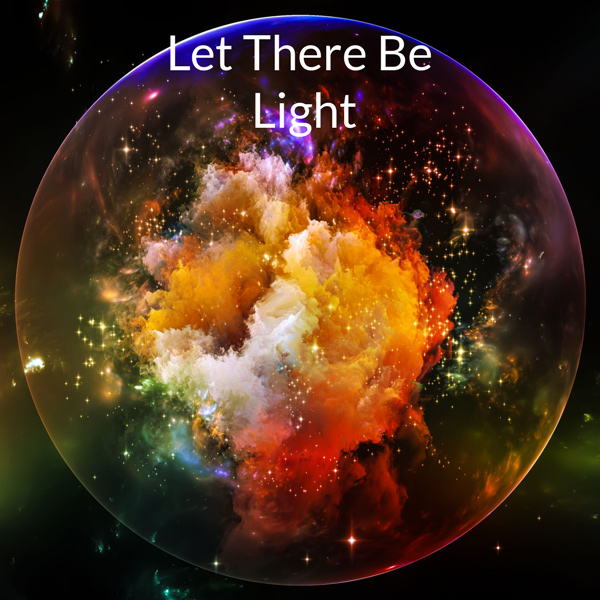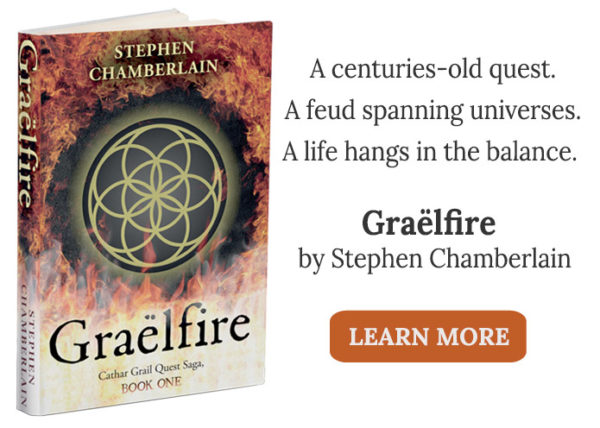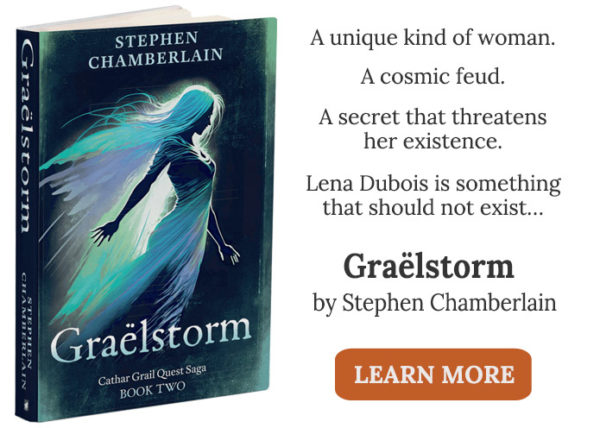“In the beginning there was nothing, which exploded.” – Terry Pratchett, Lords and Ladies.
I have written how myths aren’t simply stories, but an attempt to explain why the world is the way it is. And since all cultures share a quest to understand where they came from, it’s no surprise that many have forged their own myths about the Creation.
What is a Creation Myth?
Creation myths are traditional narratives about origins. They tell how the cosmos was made and how the first people, plants, and animals came into being. They may also answer questions such as “Why do we humans exist?” and “What is our purpose?”
Although there is a multitude of diverse creation myths, many share similar themes, often beginning with an intentional act by one or more supernatural creator beings. For this reason, creation myths are frequently tied to a civilization’s spiritual beliefs. Well-known concepts include the creation of the cosmos from the formless mass of a primordial chaos, as in Greek and Japanese mythology; from an infinite and timeless primeval ocean, like Indian tradition; or the cracking of a Cosmic Egg, as in Chinese myth. A widespread interpretation of Genesis even asserts that God created matter out of nothing. The catalyst for creation might be a sound or a spoken word, and while some myths assert that the Creator no longer intervenes in Creation, others argue they still do.
Why Are Creation Myths Universal?
I have written about how human psychology is geared to seek meaning so that we can understand and react to our environment. This cognitive “executive function” impels us to resort to our imagination where there is no observable explanation. It’s a survival skill we learned, a product of our evolution. Consider our response mechanisms. Like many animals, we have an involuntary reaction that turns our attention to an unexpected situation that startles us, such as an unseen rustling in the undergrowth. A hormonal response follows, which triggers a stress reaction to a potential physical threat: freeze, fight, flight, or fawn (roll over and submit). In most animals, this reaction is immediate and instinctive. What sets humans apart is that we have an executive function called adaptive thinking—a curiosity that urges us to stand there and consider various possible explanations and responses, and decide on the best one. Humans cannot tolerate a vacuum of meaning and purpose, and where there is nothing to observe, our executive function prompts our imagination to suggest an answer.
So it is with questions about the origin of the Creation. The human mind struggles to understand the concept of absolute nothingness, and especially that something could be created out of it. Like infinity, we have no frame of reference to explain it, because our perception and experience of reality teaches us that everything is made from preexisting things, and everything has a beginning and an end. Therefore, when humans first asked questions about their origins, their imagination reasoned there must have been either some preexistent “stuff” out of which the universe was created, or that everything was brought into existence by the action of some already-existing supernatural being.
Myth versus Science
Certain people view creation myths as sacred and take them literally. Their view is based on faith, and no doubt some repudiate science as an existential threat to their beliefs and sense of selves, to everything that gives their lives meaning. Others view myths as being superseded by modern science. They say discoveries like The Big Bang and Darwin’s theory of evolution override literal interpretations of creation stories—that they explain the workings of the universe without the need for a supernatural creator. Then there are those who can synthesize myth and science into an alternative explanation that sees see no incompatibility between them. They argue that creation myths are allegorical, that the Creation was still the act of a creator, and The Big Bang and evolution were part of the creator’s plan, their means to the end.
Attempts to pit science against religion is a debate that will likely go on forever, but until scientists can prove everything about our origins beyond doubt, there will always be scope for imagination and myth to fill gaps in our observations.
Creation Myths and Worldbuilding
Fantasy is a genre that offers writers freedom to create imaginary worlds. It is steeped in the supernatural—the realm of possibility—and so it is a rich breeding ground for creation myths. But is a creation myth essential to fantasy worldbuilding? Some say yes, that the purpose of worldbuilding is to strengthen the framework of an imaginary world and that even fictional races need answers to the mysteries of their origins.
Tolkien is one such writer who invented his own creation myth for Middle Earth. It centered on a supreme deity called Eru Iluvatar who wove the world out of a song with the angel-like Ainur. And yet, when you read The Hobbit or Lord of the Rings, very little of Tolkien’s mythos is mentioned, because it isn’t relevant to a story about corrupting rings of power and saving the world from consummate evil. C. S. Lewis is another author who invented a creation myth for his imaginary world. But it wasn’t until the sixth Narnia book, The Magician’s Nephew, that he describes how Aslan created Narnia by singing it into existence.
My view is that creation myths in fantasy stories are like that British black and sticky yeast extract paste, Marmite. They are not to everybody’s taste and are best when spread thinly. Even then, they are only necessary if they affect the events and characters in a story.
Cosmogeny was the first worldbuilding element of the imaginary cosmos I tackled for my fantasy novels, Graëlfire and Graëlstorm. It is essential to the plot. It explains my characters’ motivations and how they behave—how they interact with their surroundings. You can read a summary of my creation myth on my website.



